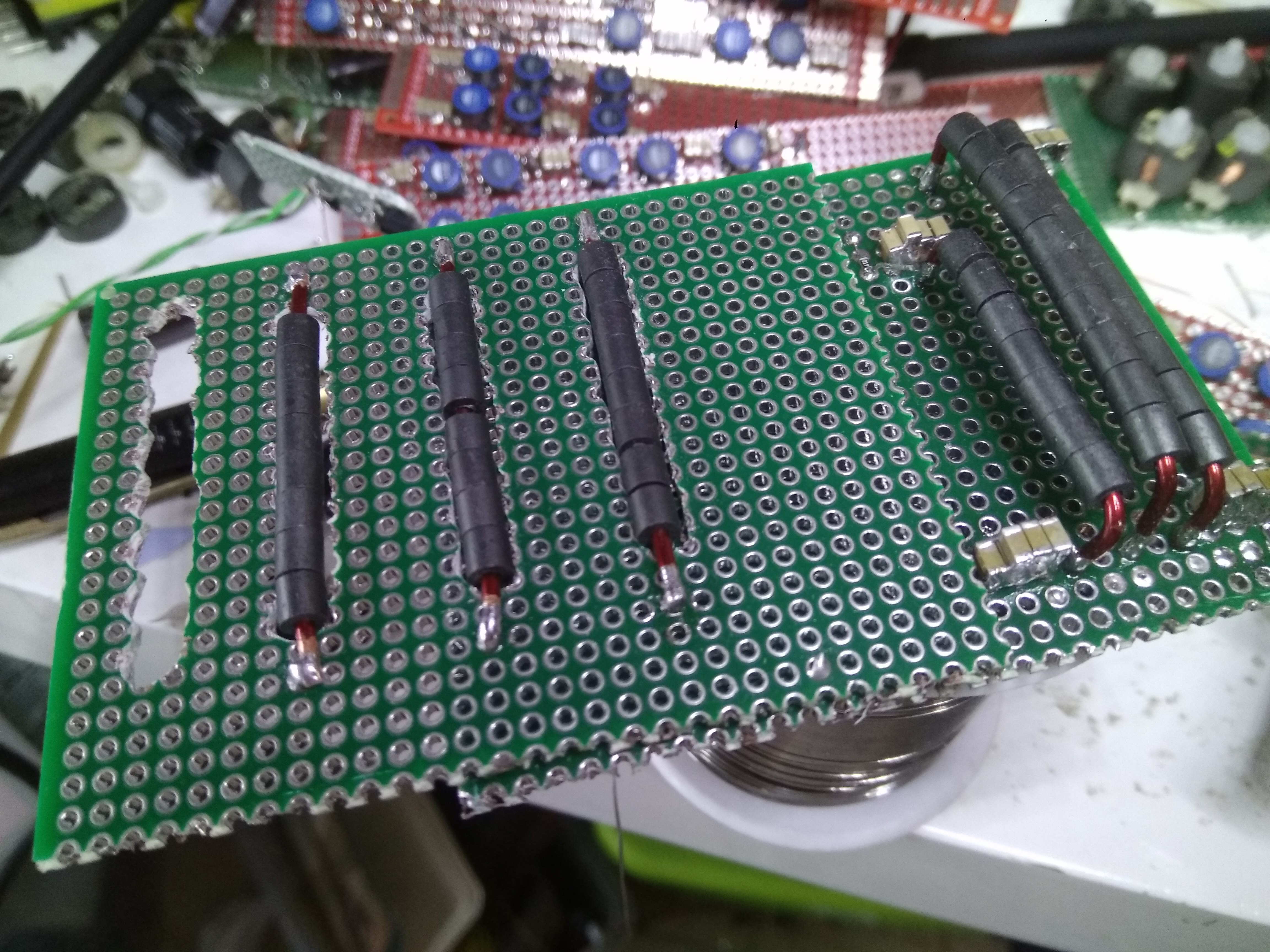-
Has anyone imagined a digital opamp?
05/20/2024 at 07:28 • 5 commentsJust wild thinking out loud here - when doing an audio design in the mainstream (not thinking high-end audio here) its fairly natural to reach for an opamp. How would mixing consoles ever get built if not for the ubiquitous NE5532?
When it comes to lashing up a digital audio design though there's nothing like an opamp in existence. Want to attenuate a digital data stream (say I2S) ? Want to make an LR4 digital crossover for a simple active speaker? Monitor a digital feed VU-meter style? It seems to me there's no opamp-like solution for building digital versions of things that analog opamp designs have mature and trusted solutions for.
What would it take to have a digital version of the opamp I wonder? First off we need a ubiquitous standard for representing digital audio. ISTM that I2S is already that - practically everything digital for audio comes with an I2S interface. Beyond that we need some digital number-crunching horsepower. That's getting more and more affordable by the day. One fly in the ointment though is that the most affordable MCUs capable of enough MIPs don't have I2S interfaces. I'm thinking the very low-end Arm M0s which go for under $0.50 a piece. Normally you need to shell out for a Cortex M4 which starts out in the $0.50 - $1 region in order to get I2S in and out. Almost all of those dirt-cheap M0s though come with SPI. If we're going to chain some digital opamps together perhaps SPI would be the channel of choice.
-
Ferrite bead low pass filters
09/21/2017 at 03:39 • 0 comments![]()
First and second generation ferrite bead filters - the later one is to the left, where the beads sit inside slots in the PCB. The left one is just the inductors for a 7th order filter - I didn't add the caps as I want to change the layout to use two strings per L. The 'flat' style reduces the height and increases the Q as there's less superfluous copper in circuit. However the impedance here is so low that all the extra copper joining the caps together influences the performance. Hence the need for 3rd gen where the caps are all close together. The termination impedance here is about 1ohm - even 10mohm of resistance reduces the Q to below 100.
My Projects
My Pages
Projects I Like & Follow
Share this profile
ShareBits
Become a Hackaday.io Member
Create an account to leave a comment. Already have an account? Log In.
Mitsuru Yamada
wrote 05/25/2023 at 07:03
•
point
Thank you for liking my #CMOS Homemade Operational Amplifier! I am continuing to evaluate the operation of this.
 Richard Dudley
Richard Dudley
 Ted Yapo
Ted Yapo Richard Testardi
Richard Testardi Christoph Tack
Christoph Tack Stefan Wagner
Stefan Wagner Jon Nordby
Jon Nordby Mitsuru Yamada
Mitsuru Yamada Leon
Leon Paul Stoffregen
Paul Stoffregen Ted Fried
Ted Fried Dylan Brophy
Dylan Brophy sushisongren
sushisongren SHAOS
SHAOS

I'm interested in opamps, especially discrete ones. I was wondering if your CMOS discrete opamp could be a useful test-bed for measuring the noise of MOSFETs? The datasheets never give any indication of noise so the numbers are something of a mystery.